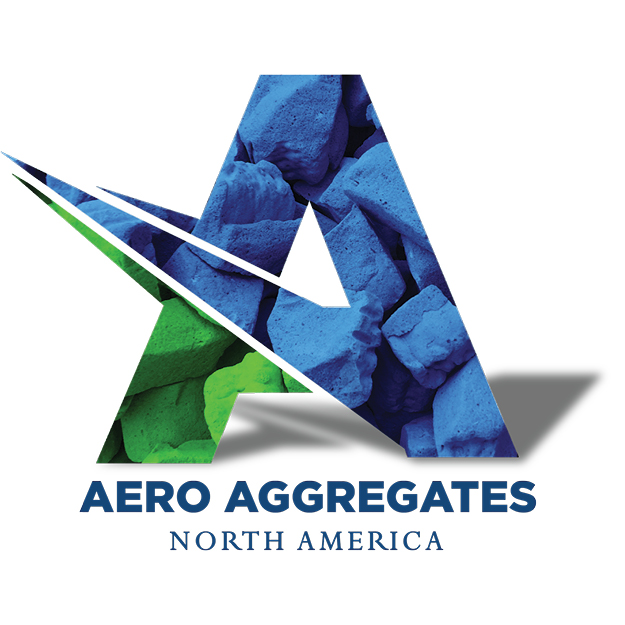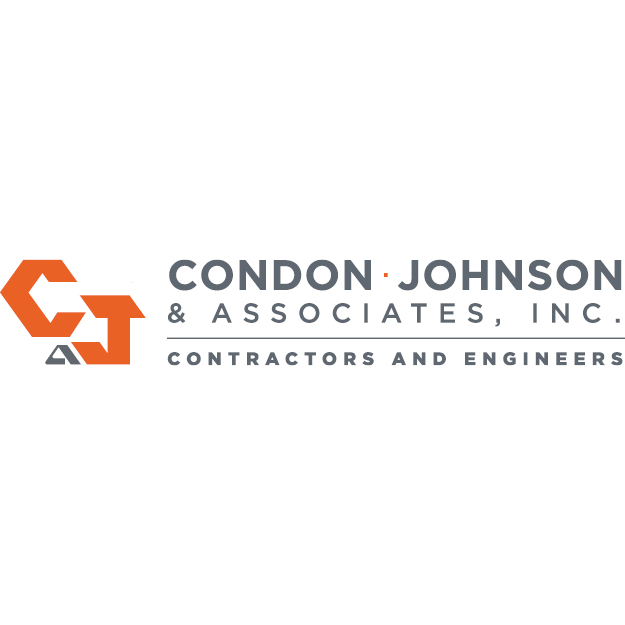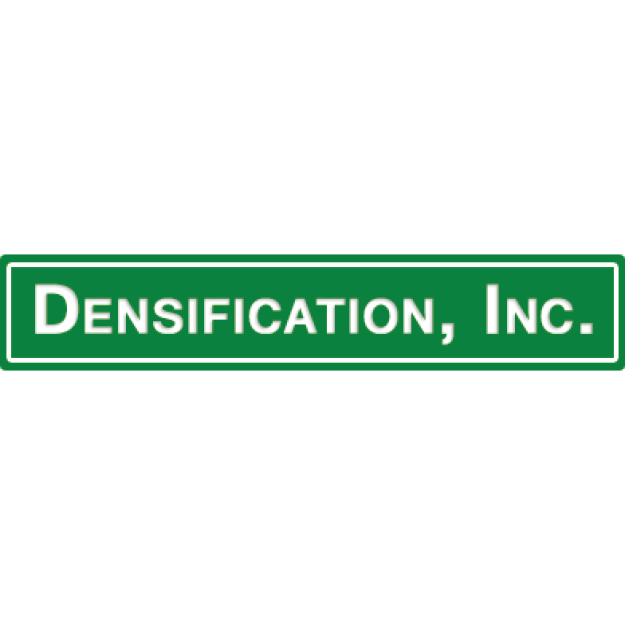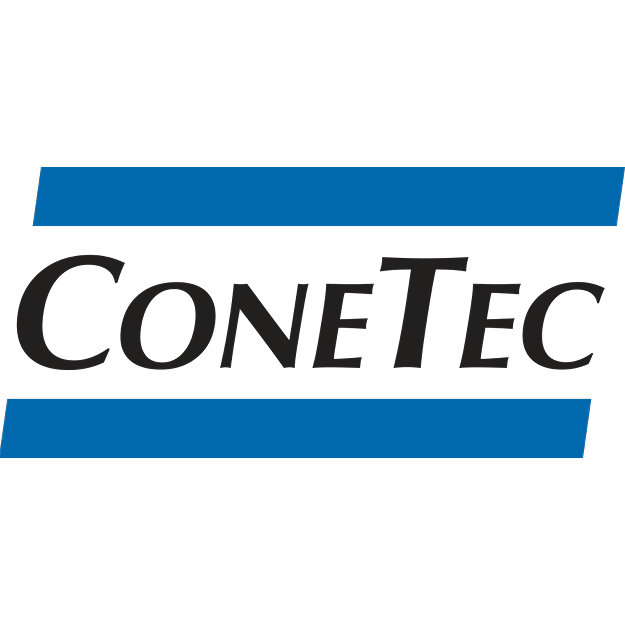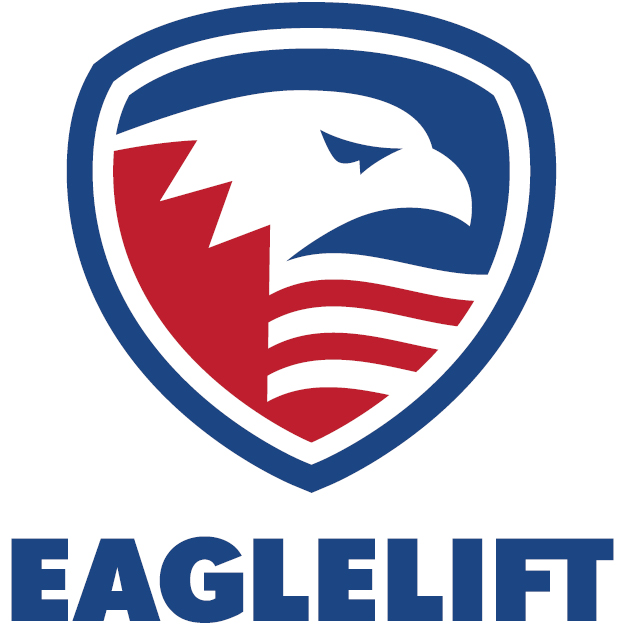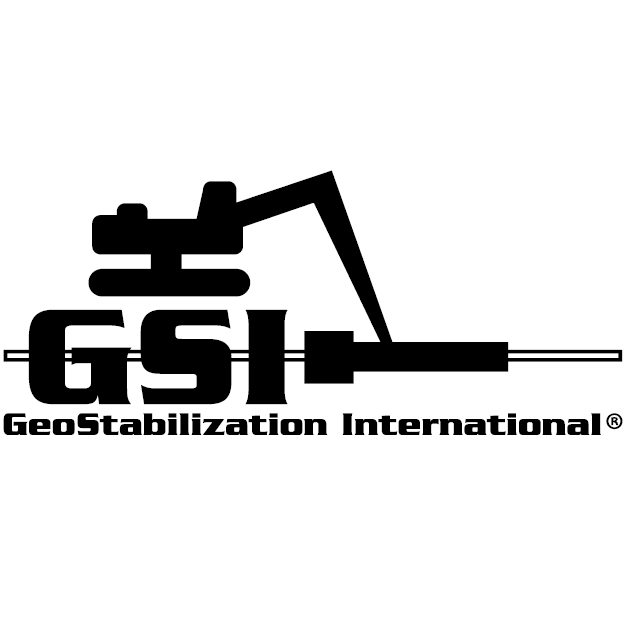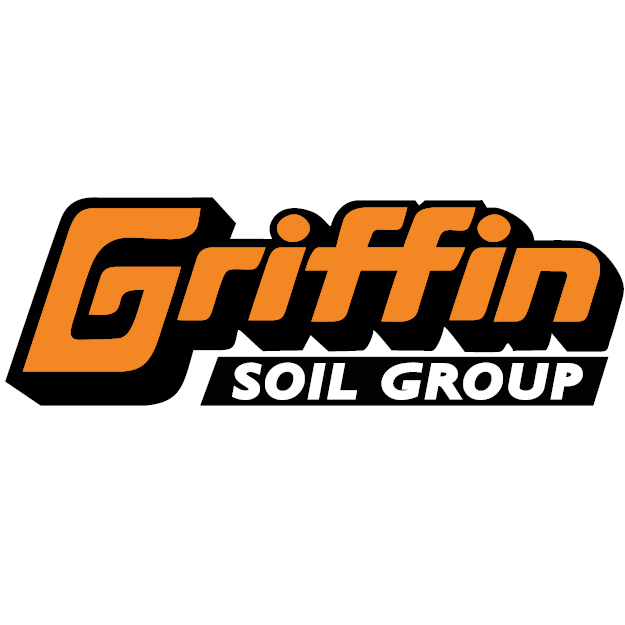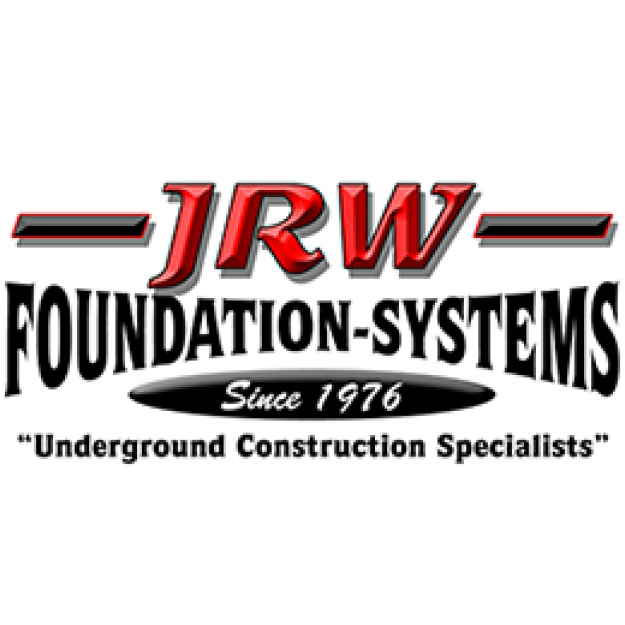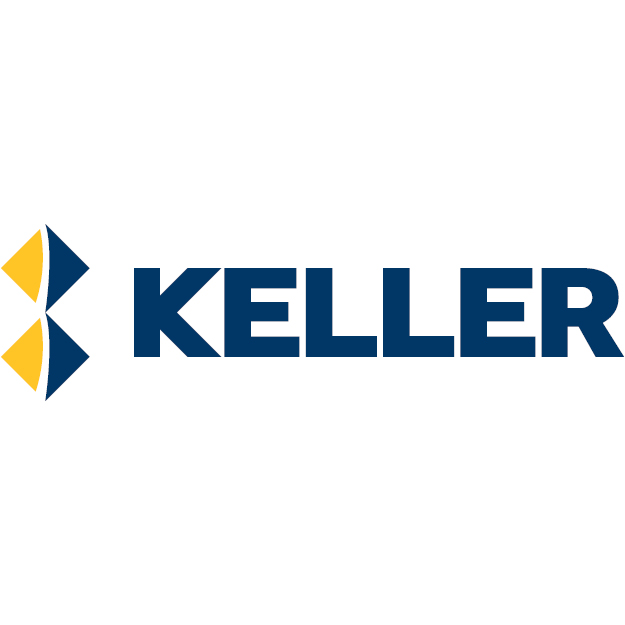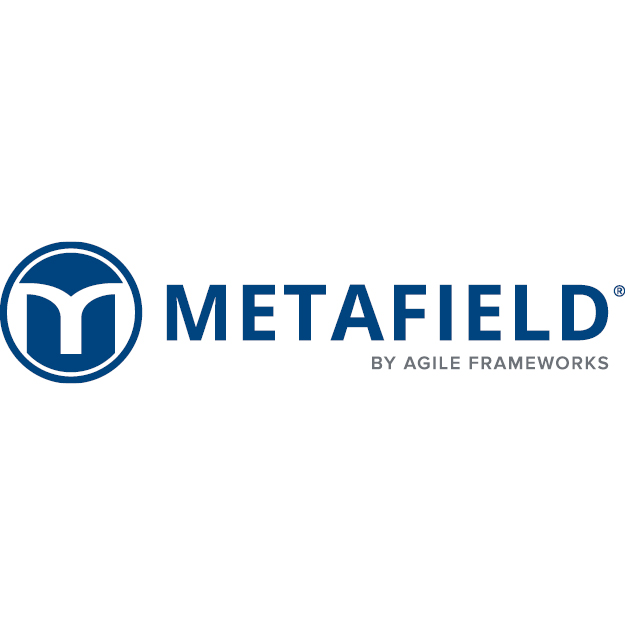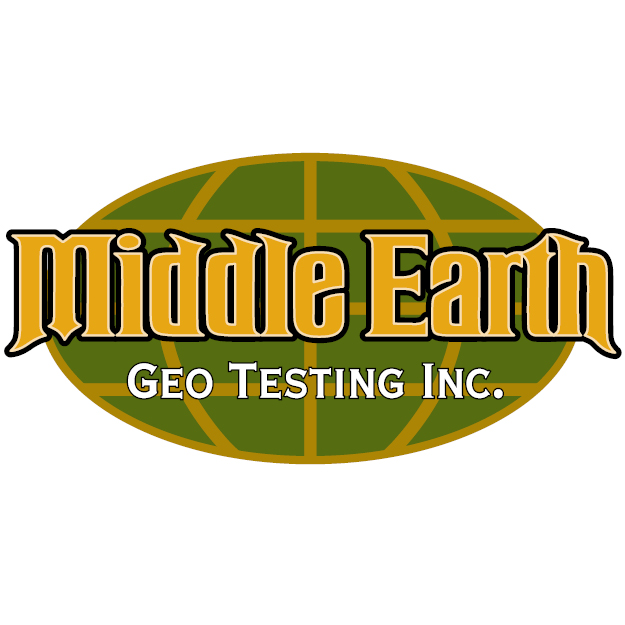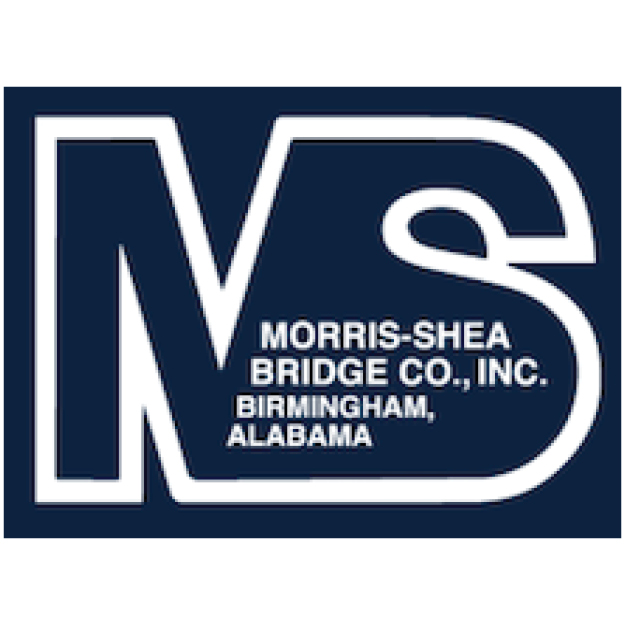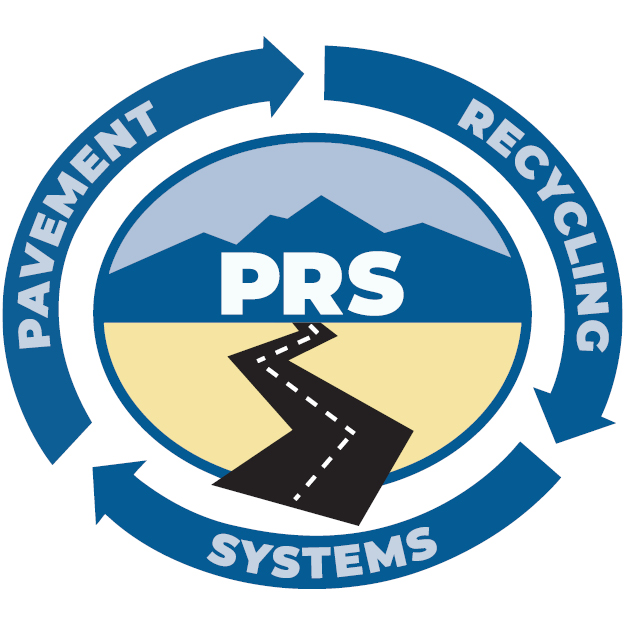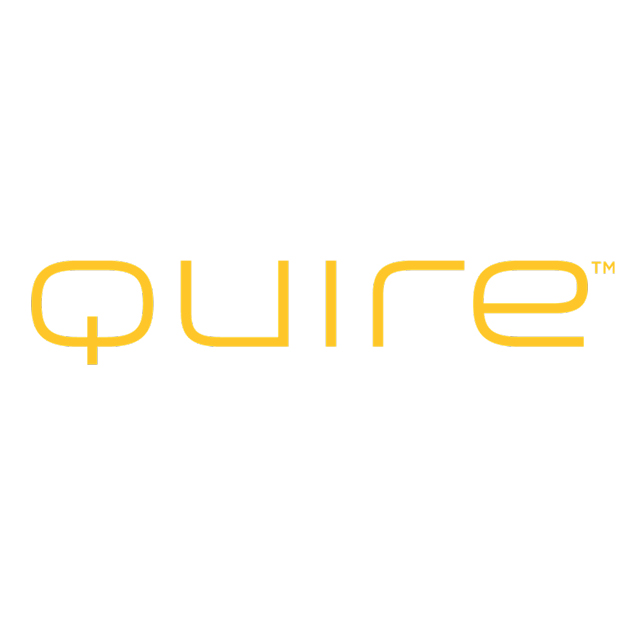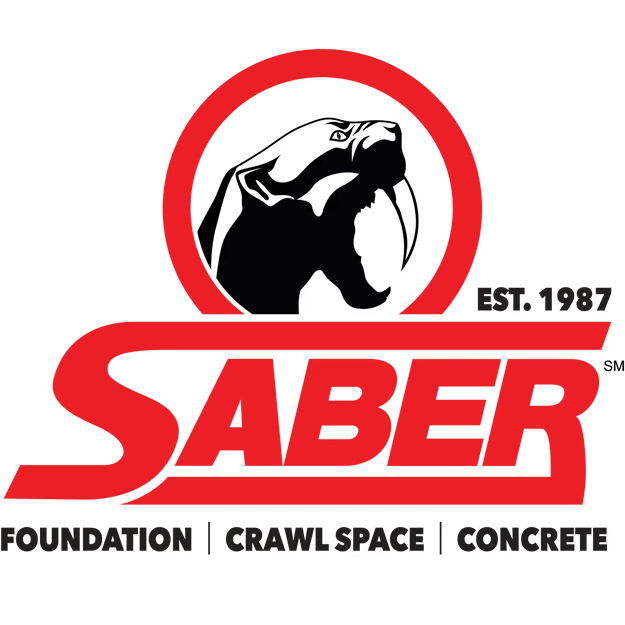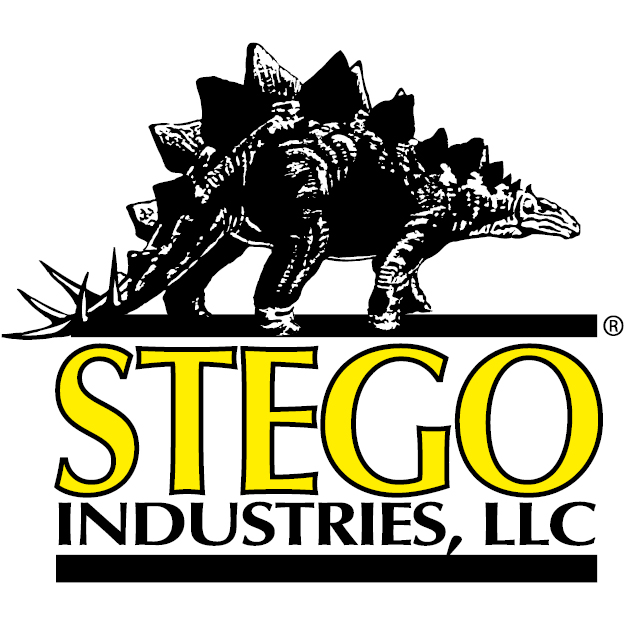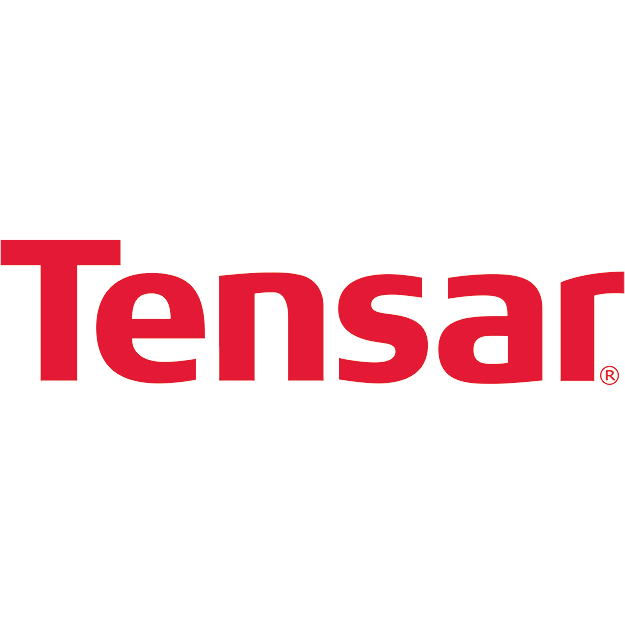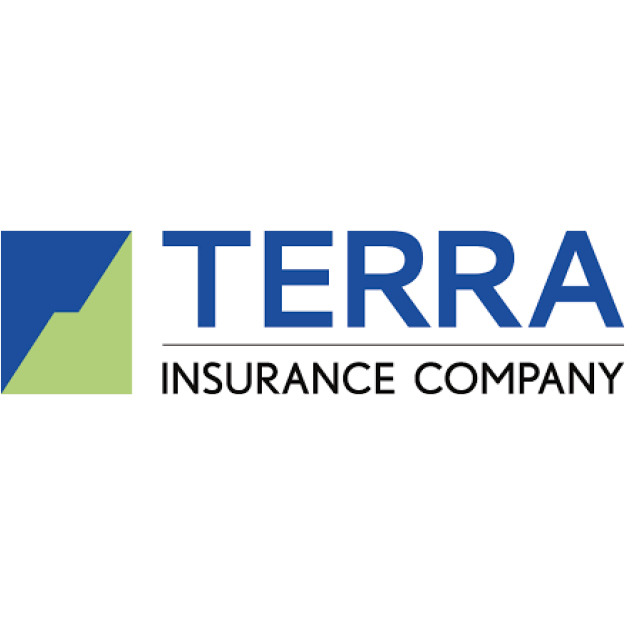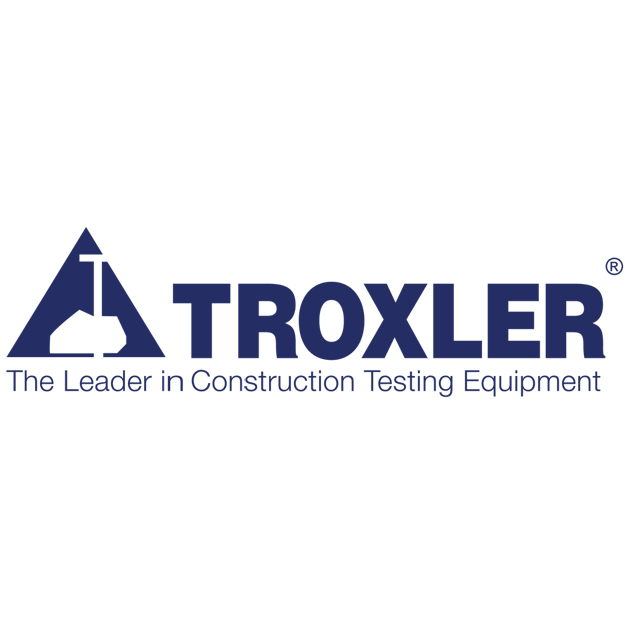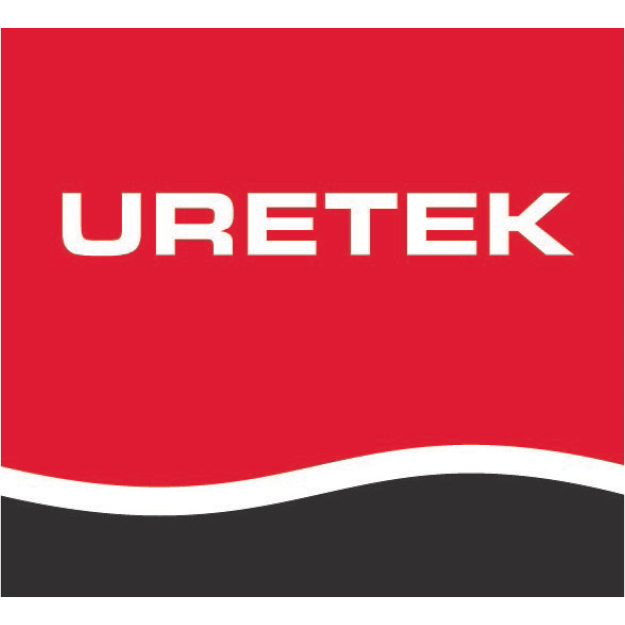Legislative Update – May 2017
CalGeo routinely meets with other California professional engineering and architecture associations to discuss legislation and build coalitions to enact, oppose and support new bills. Here are the bills that CalGeo is currently following:
SB 496
We are happy to announce that SB 496 was signed into law on April 28, 2017. This legislation limits the duty-to-defend liability of design professionals to an amount proportionate to the negligence of the design professional. Therefore, beginning January 1, 2018, it will be against the law to require a design professional to defend its client regardless of negligence. CalGeo worked hard as part of a coalition led by the American Council Engineering Consultants (ACEC) to support this legislation and get it signed into law.
AB 199
In another success, we are happy to announce that AB 199 was modified to only apply to private projects that were funded by now defunct Redevelopment Agencies. If passed as originally worded, this legislation would require residential projects built on property that are built pursuant to an agreement with the state or a political subdivision to meet the requirement of “public works,” and therefore require the payment of prevailing wages. CalGeo strongly opposed this legislation and worked with a coalition led by the California Building Industries Association (CBIA) to oppose this legislation, which ultimately led to the favorable revisions.
AB 1129
This proposed bill would codify the Coastal Commission’s policy of abandonment and destruction (“managed retreat”) of costal bluffs and homes destroyed by the forces of nature. The proposed new standards in AB 1129 would make these policies more stringent and result in tremendous costs to state and local governments, property owners and infrastructure managers. This bill would inhibit landowners’ ability to protect their coastal property from inclement weather emergencies and erosion that can threaten their safety and protection. Currently, the Coastal Act promises that homeowners can protect their homes against destruction by the ocean. This bill would remove that promise. CalGeo opposes this legislation and joined a coalition led by the Coastal Rights Coalition and sent a letter to the Appropriations Committee to postpone this legislation until the negative impacts could be thoroughly evaluated and the language revised accordingly.



